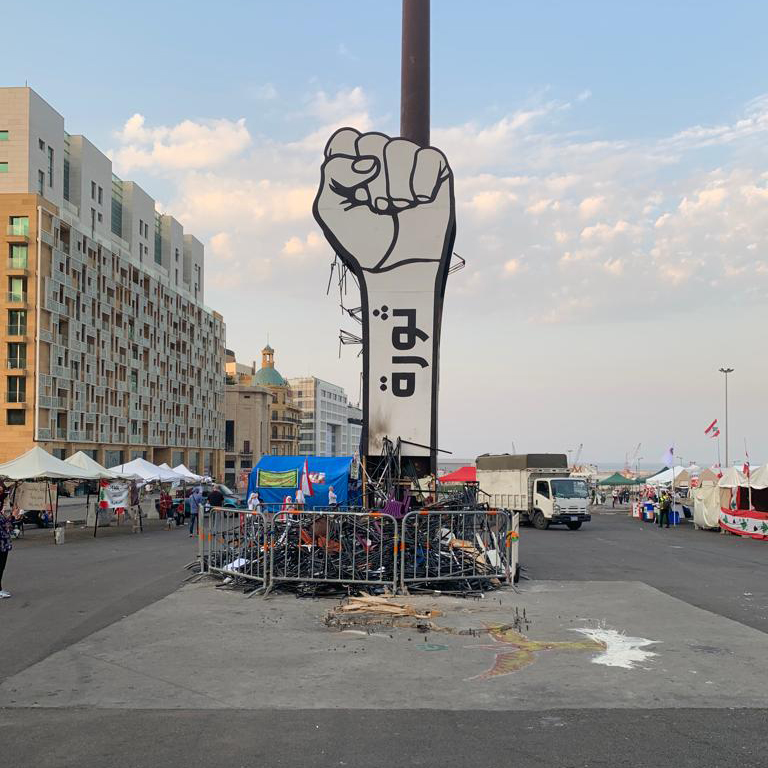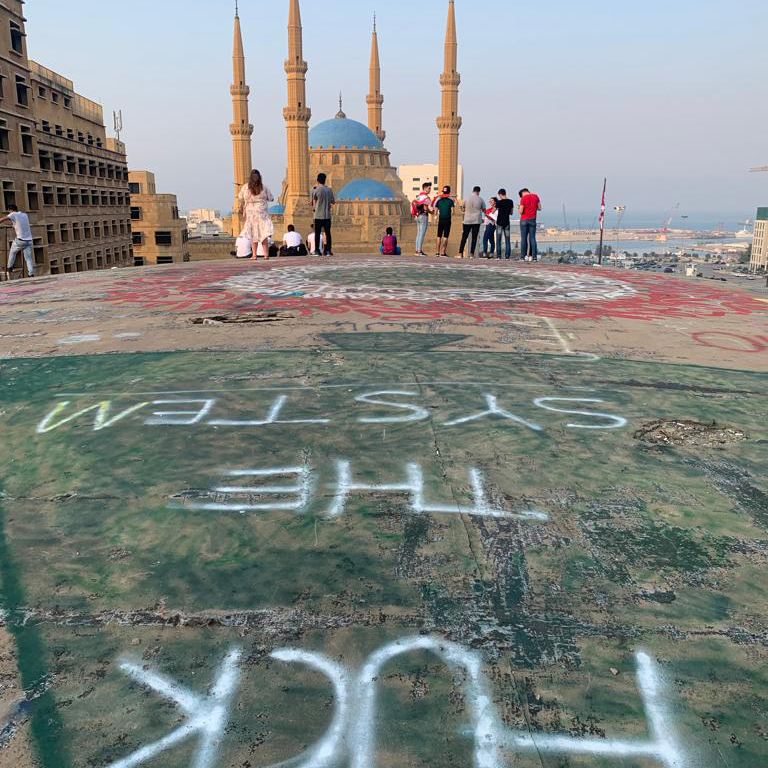We offer Research and Consultation packages to architecture firms.
Our work utilises research into historical and spatial analysis. We recognise that architects are visual thinkers therefore our work is both a critical analysis and a visual investigation. We re-appropriate architectural tools like digital modelling, 3D animation, GIS cartographic mapping in order to show that space, is in fact, political and there are a plethora of factors existing within context that must be included in the creation of architecture.
1 Historical analysis
2 Cultural and Communal analysis
3 Ecological and environmental analysis
4 Politics and Socio-economics analysis
Our work utilises research into historical and spatial analysis. We recognise that architects are visual thinkers therefore our work is both a critical analysis and a visual investigation. We re-appropriate architectural tools like digital modelling, 3D animation, GIS cartographic mapping in order to show that space, is in fact, political and there are a plethora of factors existing within context that must be included in the creation of architecture.
1 Historical analysis
2 Cultural and Communal analysis
3 Ecological and environmental analysis
4 Politics and Socio-economics analysis
1 Historical analysis
2 Cultural and Communal analysis
3 Ecological and environmental analysis
4 Politics and Socio-economics analysis
We offer Historical analysis of a specific project or site where we provide information on how spaces have evolved over time; what was the meaning prescribed or inscribed to that specific space through various societies; and how did meaning and use connect within the site?
This is where we aim to make the invisible—visible. Through analysing space and its relationship to time we delve into historical archives (images, maps, sound, video) as well as the “living memory” of human testimony, for example with residents within a particular area.
1 Historical analysis
2 Cultural and Communal analysis
3 Ecological and environmental analysis
4 Politics and Socio-economics analysis
We conduct, not only, an analysis of the past cultures, societies or communities who previously used the space, but a contemporary investigation into who is presently there or will be there in the future.
We engage with communities within existing community structures, offering sessions, discussions and workshops where voices can be heard. Through centering the community at the heart of design and directly engaging users in the process there are huge impacts on community wellness, fostering engagement, social connection and the politics of care.





1 Historical analysis
2 Cultural and Communal analysis
3 Ecological and environmental analysis
4 Politics and Socio-economics analysis
We conduct analyses into the more-than-human inhabitants living within spaces, their benefits to the creation of space or disadvantages that might demand innovative solutions like the logics of nature where crisis is always seen as opportunity.
We move towards the deep awareness of indigenous mentality that states nature and humans were never disconnected, and the task of architecture isn’t to obstruct space, but to facilitate the energies of both human and more-than-humans alike.







1 Historical analysis
2 Cultural and Communal analysis
3 Ecological and environmental analysis
4 Politics and Socio-economics analysis
We believe that space is always political. An analysis of politics and its operations within space and architecture reveal power dynamics, social injustices, racial inequities that tell us about how we make the world and how the world makes us. How can we start creating structures that are aware and address such inequities? How can we make structures that are informed by people, communities, ancestries and not just the logics of capital?






